Where do NATO reporting names come from?
- By Alex Hollings
Share This Article
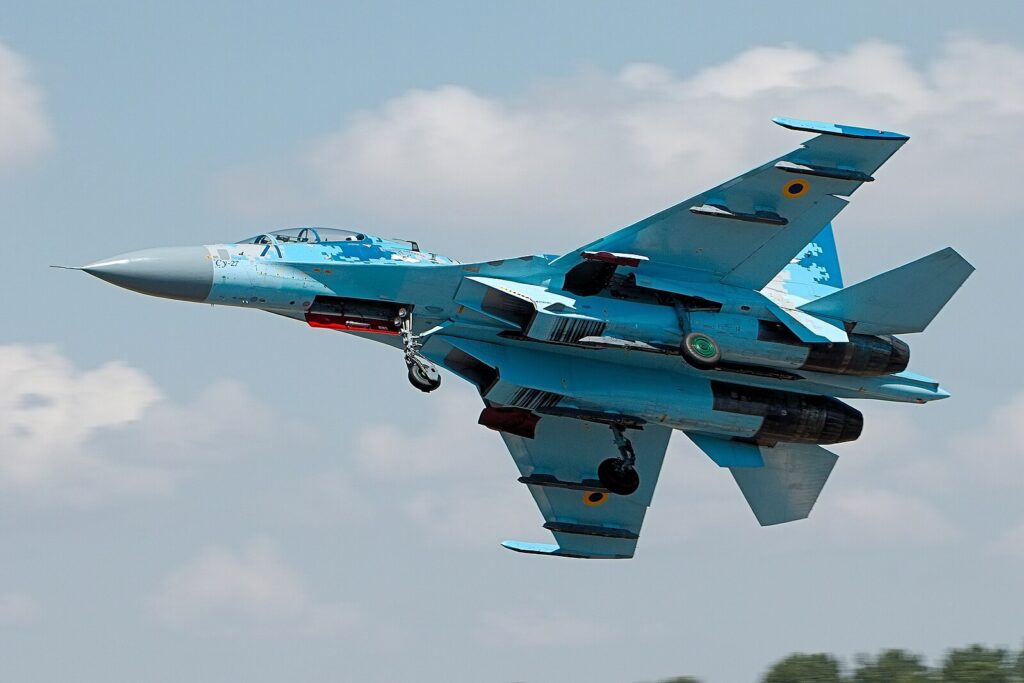
NATO reporting names are so pervasive in American discourse that you could be forgiven for assuming that names like “SA-2 Guideline” and “Su-57 Felon” are simply translations of these systems’ actual names. The truth, however, is that NATO reporting names are issued by NATO using naming conventions designed specifically to both quickly relay the type of weapon system or platform you’re talking about, and to mitigate confusion between troops from different member nations.
As our old friend and F-35 pilot Hasard Lee so often puts it, the enemy gets a vote in how you fight, but when it comes to what we call the vehicles, weapons, and systems the enemy uses in that fight, they actually have very little say.
Where do these names come from?
NATO reporting names for aircraft are selected by the ASIC (Air and Space Interoperability Council), which includes members from Australia, Canada, New Zealand, the United States, and the UK. Prior to 2005, this council was called the ASCC, or Air Standardization Coordinating Committee.
Non-aircraft NATO designations are created by other organizations not listed by name in NATO’s references, but all reporting names are compiled and approved by NATO for use.
The meanings behind NATO reporting names
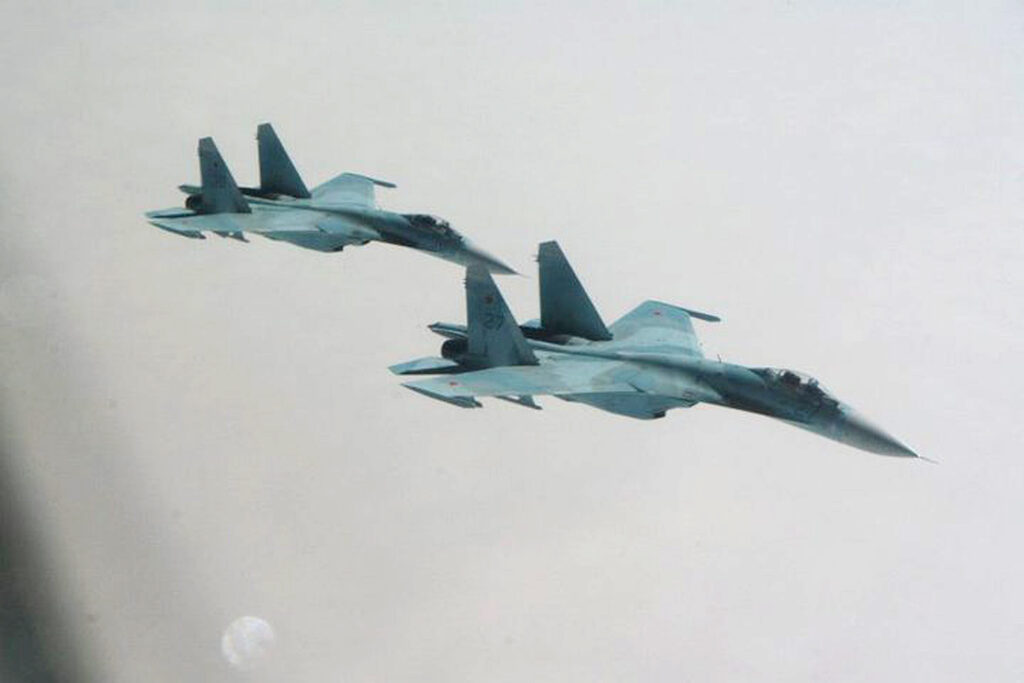
Sadly, NATO doesn’t just choose names for foreign equipment based on what sounds cool, but I’ll be the first to admit that sometimes, like when Russia’s questionable stealth fighter got the moniker “Felon,” it almost seems like there is a bit of a sense of humor to be found beneath NATO’s otherwise very functional approach to naming conventions.
NATO reporting names were born out of the Cold War need to keep tabs on Soviet and Chinese military equipment, shared by a list of allied nations that spoke different languages. Often, the actual names of these systems were unknown to begin with, particularly those discovered through espionage or reconnaissance.
The first letter of NATO reporting names is meant to indicate the type of equipment being named, not entirely unlike the naming convention adopted by the U.S. military for its airplanes in the 1962 United States Tri-Service aircraft designation system. Here are some examples:
- F – Fighter
- B – Bomber
- C – Cargo aircraft
- H – Helicopter
- G – Surface to Air Missile
- S – Surface to Surface Missile
- U – Underwater to Underwater weapon
- A – Air to Air missile
- M – Misc.
Related: Stolen stealth fighter: Why China’s J-20 has both US and Russian DNA
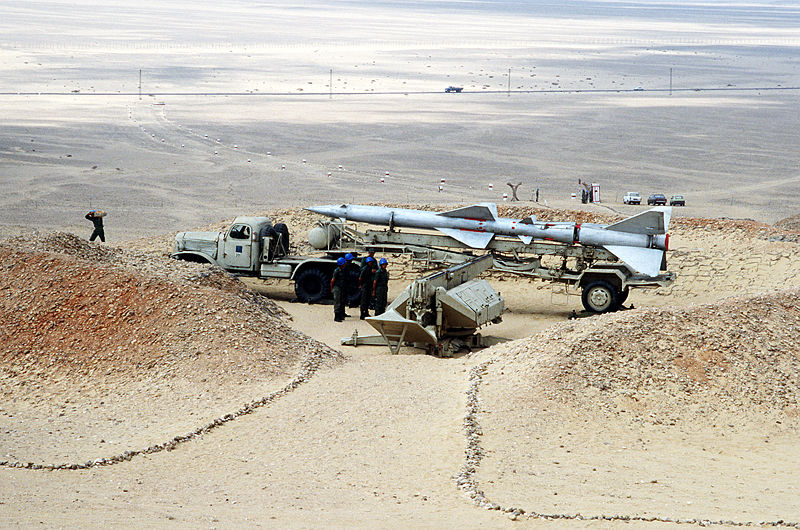
The number of syllables used in the NATO reporting name of an aircraft can also give you important information about its type and capabilities. Single-syllable names like the Tu-95 “Bear” bomber, for instance, denotes a piston or prop-driven aircraft, whereas two-syllable names indicate jets, like the MiG-29 “Fulcrum.”
But aircraft change over time, and sometimes it becomes necessary to add suffixes to NATO reporting names to differentiate between iterations of the same basic aircraft. To re-use the example of the Tu-95 Bear bomber, you’ll often hear a letter following the name, like “Bear F” or “Bear Foxtrot.”
Here’s what NATO themselves have to say about reporting names and how they’re assigned:
“Fixed-wing aircraft are designated by reporting names beginning with code letters designating the aircraft’s mission. Propeller-driven planes are designated by single-syllabic words (e.g. “Bear”), and jets by multi-syllabic words (e.g. “Backfire”). Helicopters and guided missiles are designated similarly, but the length of a word is not defined.”
Editor’s Note: This article was originally published in January 2022.
Feature Image: An Su-27 Flanker at the Royal Air International Tattoo, 2018. (Photo by Airwolfhound/Wikimedia Commons)
Read more from Sandboxx News
- Video: The Air Force is considering the B-21 for air-to-air combat
- Military draft registration is going down, so Congress wants to take action
- Video: The Navy’s F/A-XX may become the first 6th generation aircraft in the world
- Marine Corps new marksmanship plan will make Marines more lethal
- Weird incidents with South Korea’s elite Tuk Su Bu Dae unit
Related Posts
Sandboxx News Merch
-

‘AirPower’ Classic Hoodie
$46.00 – $48.00Price range: $46.00 through $48.00 Select options This product has multiple variants. The options may be chosen on the product page -

‘Sandboxx News’ Trucker Cap
$27.00 Select options This product has multiple variants. The options may be chosen on the product page -

‘Kinetic Diplomacy’ Bumper Sticker (Black)
$8.00 Add to cart

Alex Hollings
Alex Hollings is a writer, dad, and Marine veteran.
Related to: Military Affairs
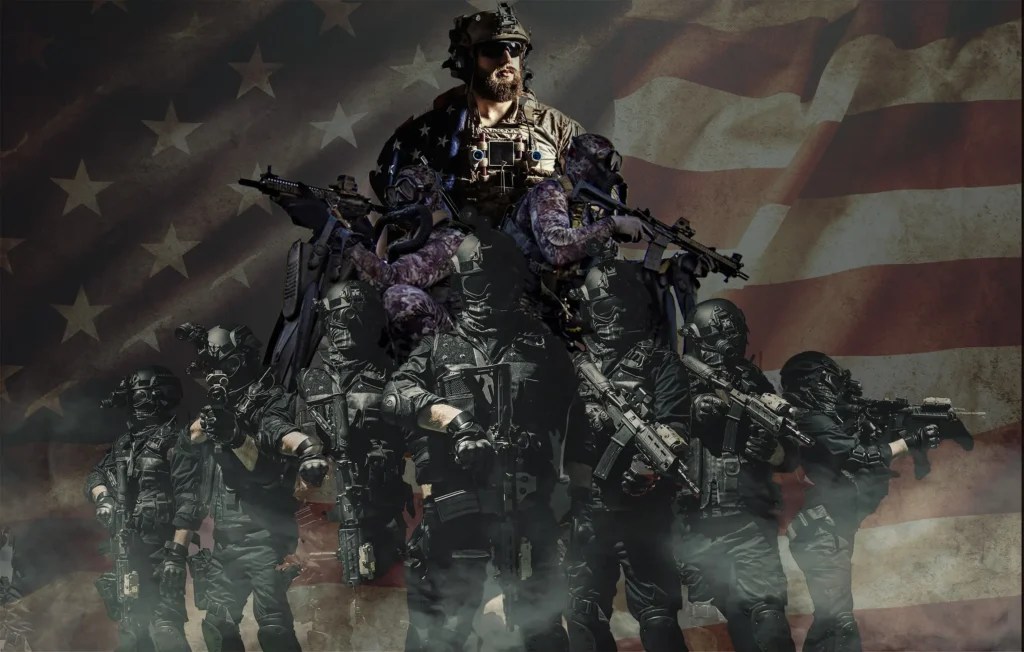
The social hierarchy of US special operations units
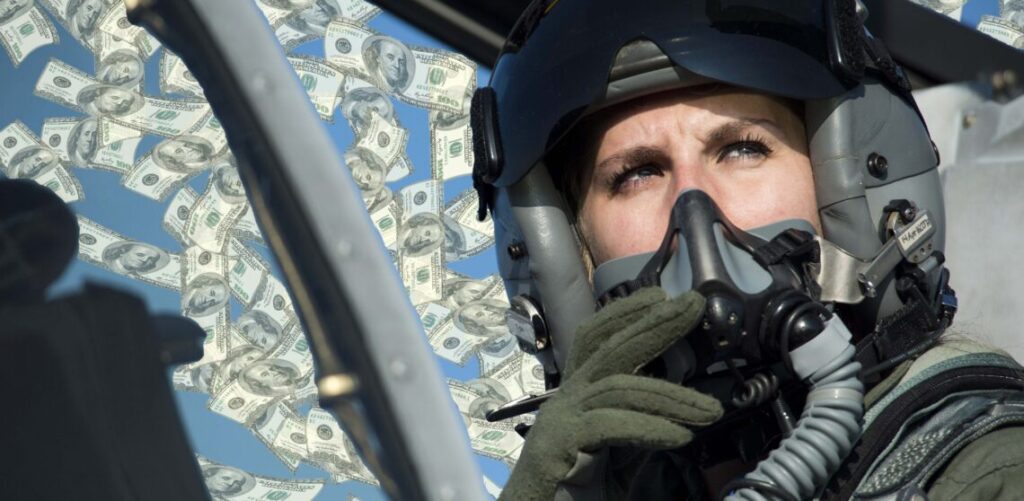
How much does it cost to train an Air Force pilot? A LOT

Air Force awards contract for its Next-Generation Penetrator bunker-buster bomb
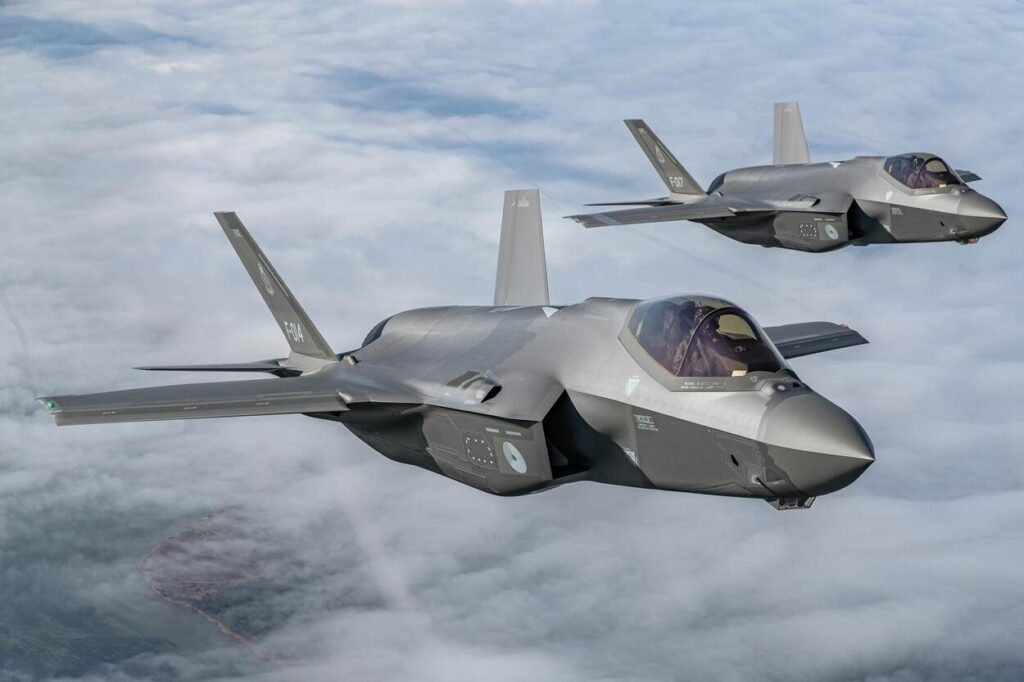
NATO shoots down Russian drones over Poland marking a first for the alliance
Sandboxx News
-

‘Sandboxx News’ Trucker Cap
$27.00 Select options This product has multiple variants. The options may be chosen on the product page -

‘AirPower’ Classic Hoodie
$46.00 – $48.00Price range: $46.00 through $48.00 Select options This product has multiple variants. The options may be chosen on the product page -

‘AirPower’ Golf Rope Hat
$31.00 Select options This product has multiple variants. The options may be chosen on the product page -

‘Sandboxx News’ Dad Hat
$27.00 Select options This product has multiple variants. The options may be chosen on the product page
